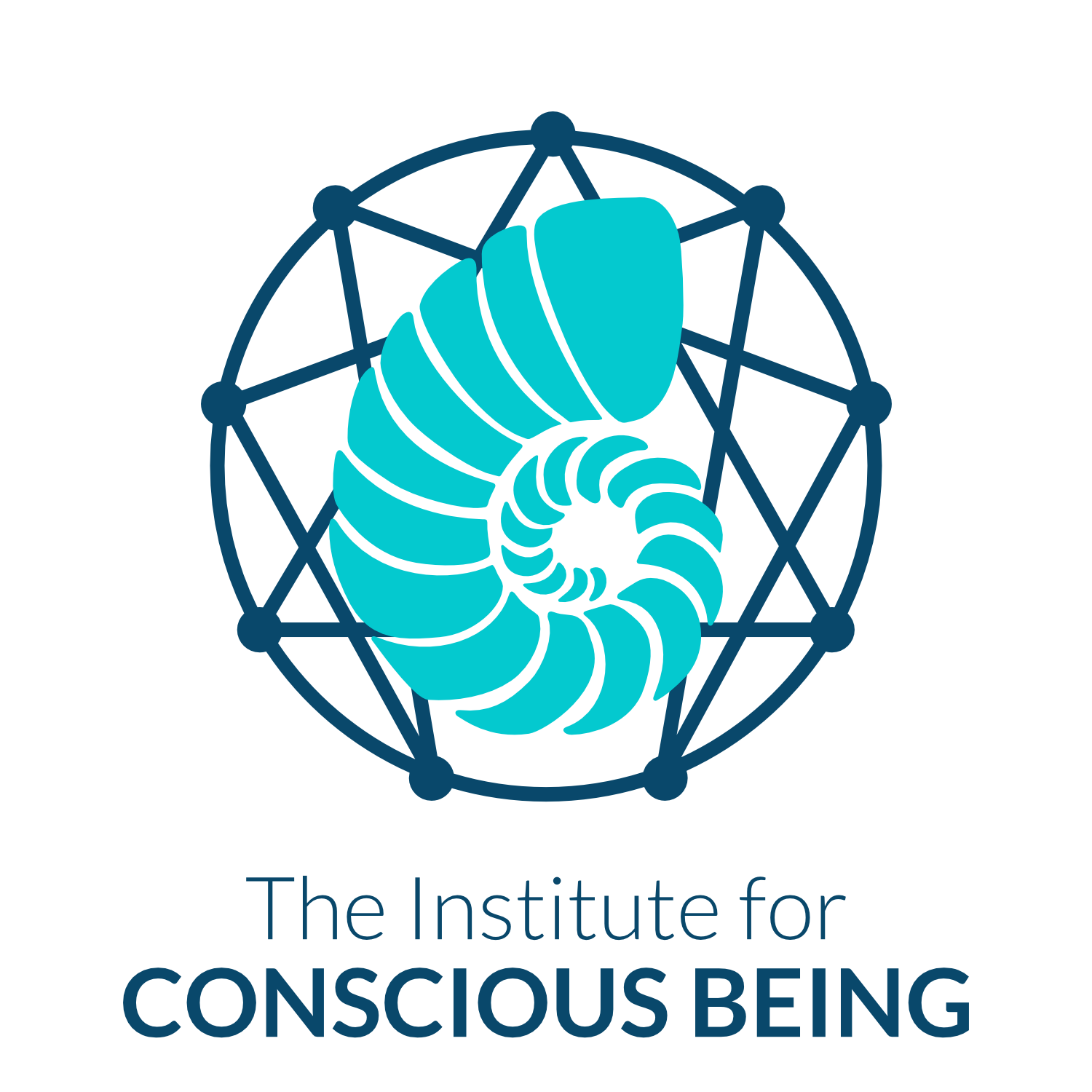When the Time is Right
April 1, 2024
Carpe diem is a phrase from the Roman poet Horace's work Odes (23 BC). Its literal meaning in Latin is "Pluck the day," though it's usually translated as "Seize the day." Another way to say it is, "Now is the time, because tomorrow, the 'plucking' may not be so good."
In the spiritual life, sometimes it's best to move quickly, whereas sometimes, it's best to wait.
English writer John Milton saluted the idea of waiting in his famous Sonnet 19 (1665). In it, he wrote, "They also serve who only stand and wait." Should we seize the day or embrace the art of patiently waiting? If we don't move fast, we may lose our chance. But if we jump the gun, we could also lose our chance.
In the spiritual life, taking time for discernment is essential. Although discernment can require long periods, it can be done quickly in many cases. When we center ourselves, we sometimes immediately know when to make our move. However, the situation may be multilayered and require more contemplation and discernment.
If we pair the process of contemplation with the process of prayer, our discernment can be more powerful. Inspirational spiritual leader Catherine Marshal summed up the power of prayer and contemplation in Adventures in Prayer (1976); she wrote, "The purpose of all prayer is to find God's will and to make that our prayer." In pure discernment, we must relinquish our own will, which is usually our ego's. Yet the will of our soul is in union with God. In that Holy Union, we feel the way to go and when to act.
Inquiry: How do you contemplate and pray at the same time?
Dear God,
For Holy Union, I pray. In that condition, I know beyond all knowing.
Amen.
To receive Dr. Howell’s Reflections in your inbox every day, complete the form below to begin your journey into who God has made you to be. The path to wholeness starts now!


